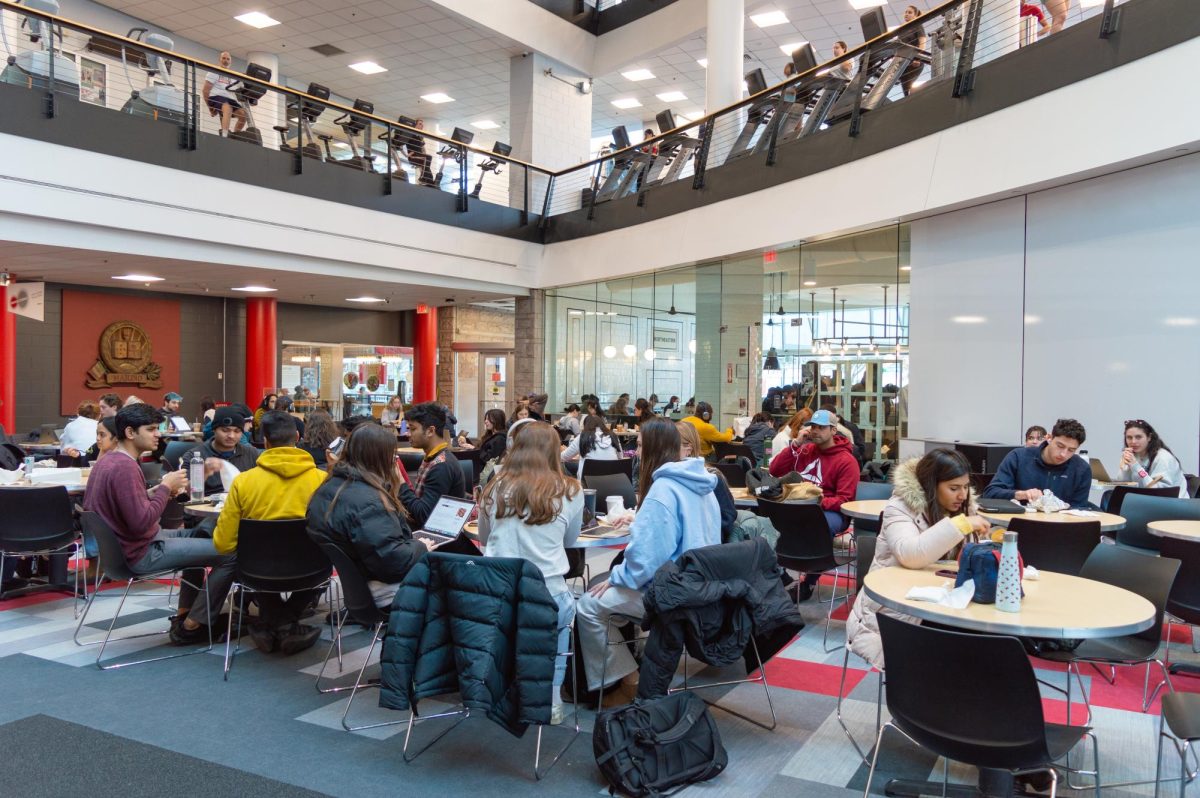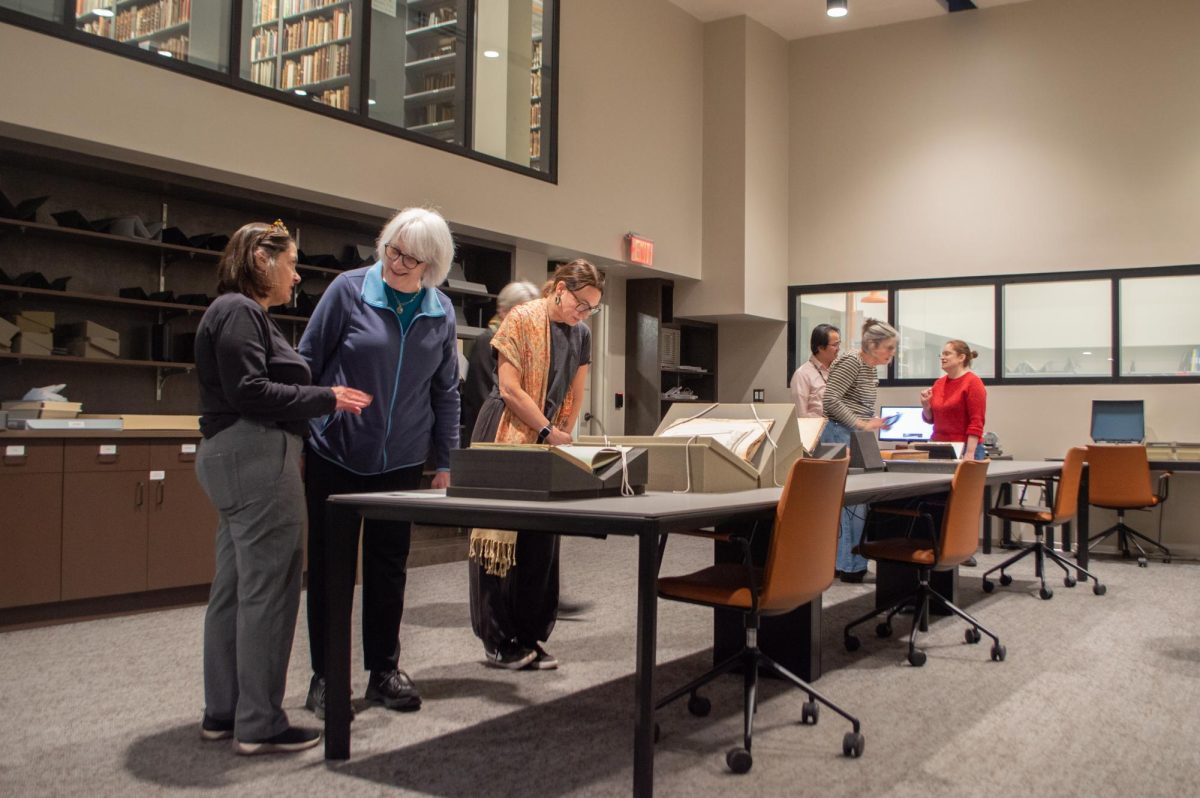By Megan Araghi, News Correspondent

Imagine if instead of eight pairs of jeans, you had one. Instead of ten dresses, you had two. And instead of three coats, you had one.
This was the plight of British women in the 1940s during World War II as part of Britain’s “Utility Scheme,” a set of regulations implemented by the government to monitor the production of clothing and to ensure sufficient amounts of clothing for civilians due to the limited resources of the war effort. As fabrics were rationed and many materials like fur were restricted, this period ultimately gave way to a new fashion that speaks as a narrative of the times.
“Beauty as Duty,” the current fashion exhibition at the Museum of Fine Arts (MFA), illustrates the way fashion can become pervasively woven into political and everyday life, ultimately reflecting the sentiments of a time period.
Touring the exhibit, everything from the conservative amount of fabric used and simple silhouettes of the fashion pieces on display show that World War II Britain inspired sentiments of individual sacrifice, and ideals of frivolous pleasures gave way to utility.
The fabrics were not of the highest quality, and any kind of trim, stitching or decoration was almost never used. Textile prints that depict victory and British soldiers on dresses and scarves with wartime slogans like “Lend to defend the right to be free” show that patriotism was a part of every aspect of society. These patriotic sentiments can be seen from every fashion piece displayed in the exhibit.
Although the British were restricted in terms of fabric, they found other ways to express themselves. Beauty and aesthetics imparted infinite possibilities in the form of colorful textiles and whimsical, morale-building, “victory” prints.
Large bursts of color were often injected into the fabric as a response to the general austerity and utility of the

outfits. Bright, feminine floral prints that became popular in the 1920s remained a favorite of British women, and often showed up textually in World War II Britain. Displayed in the exhibit is one halter-style dress animatedly presented in bouts of red, blue and green flowers. The bottom portion of the dress is a feminine wave of fabric that envelops around the dress.
Albeit fashion is no doubt an unusual medium for propaganda, political messages were consistently the most present theme in the exhibit.
Textile designers were never implored to include illustrations of propaganda in their designs – it just happened. However, it became something particularly omnipresent, and the fashion displayed in the exhibit illustrates it strongly.
Scarves, especially from the likes of Jacqmar, who was the most famous British scarf designer at the time, kept true to British dry humor and presented colorful comic illustrations. A depiction of a cartoon Hitler cleverly eavesdropping on British citizens in the textile prints is an example of propaganda.
Displayed among the collection of scarves is one bright, light blue piece with a mélange of red, green and white that boasts the words “Victory, victory” written elegantly in cursive across the scarf. In the center, a dress, though austere in form and silhouette, suddenly becomes emboldened with its bright red fabric and pattern of Allied flags (United States, Soviet Union, Britain, China, etc.) – called a “victory print” – dizzily painted on the fabric.
Along the lines of the exhibit and you will find more of a striking array of the most colorful and whimsical scarves and dresses – it’s almost impossible to believe they were used as propaganda.
“Strict rationing and restrictions on clothing were in place not only during the war in Britain, but continued through the entire decade of the 1940s,” Alex Huff, curatorial planning and project manager in the MFA’s Textile and Fashion Arts Department, said in a press release. “These scarves and dresses were a colorful response to those austerity measures, and ultimately served a propagandistic, morale-building purpose. That spirit of individual sacrifice and rallying for the common good is one of the most intriguing things to me about this period in British history.”
While fashion and propaganda or morale-building may be an unlikely marriage, this exhibition suggests fashion’s ability to transcend and deliver a message on a larger scale. The fashion pieces displayed in “Beauty as Duty” ultimately are communicative of the political and social atmosphere of World War II Britain, and lend a narrative about what life was like during that time.








